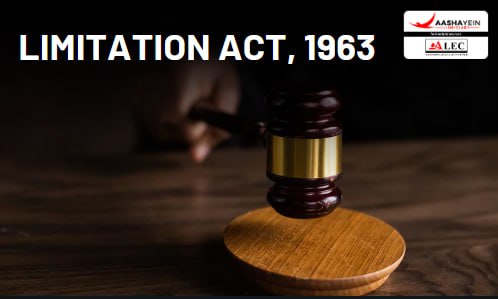What is Section 25 of Limitation Act 1963
Section 25 of the Limitation Act deals with how someone can acquire an easement (a right to use someone else's land for a specific purpose) through long-term use. However, it does not specify the extent of the right or the legal actions available if that right is violated.
Public Land vs. Private Easements
A claim for public rights over public land is not considered an easement under Section 25. This section applies only to private easements, such as the right to use a path or waterway over someone else's property.
Conditions for Acquiring an Easement
To gain an easement under Section 25, the following must be satisfied:
- The access to light or air must have been:
- Used peacefully (without force or conflict).
- Recognized as an easement (a legally acknowledged right).
- Exercised as of right (without needing permission).
- Continuous, without any interruptions.
- Used for at least 20 years (or 30 years for government property).
- For Other Easements (e.g., roads, water use):
- The path, watercourse, or other usage must have been:
- Used peacefully.
- Used openly (without secrecy).
- Used by someone who claims ownership of that right.
- Exercised as an easement.
- Legally recognized as a right.
- Continuous, without interruptions.
- Used for at least 20 years (or 30 years for government property).
You can also read the latest judgment by visiting [Latest Judgment].
For more information, visit [Aashayein Enquiry Section]
Easements Against Government Property
- Time Requirement: If the easement is being claimed against government-owned land, the person must have used it for 30 years without interruption.
- Meaning of "Belongs to the Government": The land must be owned by the government at the time the claim is made. Simply having the land in the government’s possession does not qualify. For example, land owned by a jagirdar (a private landowner) is not considered government land, even if the government is using it temporarily.
Section 27: Extinguishment of Right to Property
Section 27 of the law establishes that if a person does not take legal action to recover possession of their property within the time limit prescribed by law, they permanently lose their right to claim it. In other words, once the legally defined period for filing a lawsuit expires, the owner's right to the property is legally extinguished.
Key Features of Section 27
Procedural and Substantive Law
This section has both procedural and substantive effects. Procedurally, it sets a time frame for legal action. Substantively, it results in the complete loss of property rights if the owner fails to act in time.
Who Does It Apply To?
This law applies to individuals who have lost possession of their property and want to reclaim it. However, it does not apply to those who are still in possession of their property.
Failure to Act Leads to Loss of Rights
If a rightful owner does not file a suit for possession within the legal time frame, their ownership rights over the property cease to exist. Essentially, time runs out on their ability to claim it.
An Exception to the General Rule on Limitation Laws
Normally, limitation laws only bar legal remedies (i.e., the ability to file a lawsuit) but do not take away ownership rights. Section 27 is an exception because it goes further it not only bars the lawsuit but also eliminates the ownership right itself.
Case Law
Fakirappa vs. Wingappa: In this case, the court ruled that if a person possesses land for 12 years without challenge, the original owner not only loses the right to sue but also forfeits ownership. This means the wrongful possessor gains legal ownership through adverse possession.
Conclusion
Section 25 is a procedural provision, meaning it allows a person to claim an easement but does not decide the extent of the right or the legal remedies available for violations. If a person does not meet the conditions under this section, they may not be able to claim the right. However, even if a claim is valid, the law does not automatically enforce it—the claimant must take legal action if necessary. On the other hand, section 27 serves as a warning, if a person loses possession of their property, they must act within the time allowed by law. If they fail to do so, their ownership rights are permanently lost.

